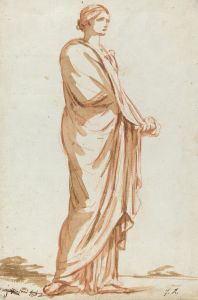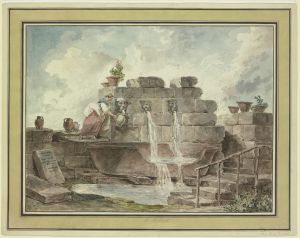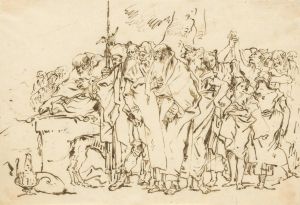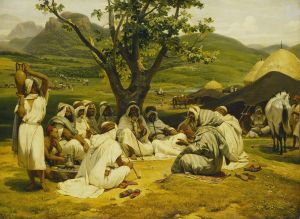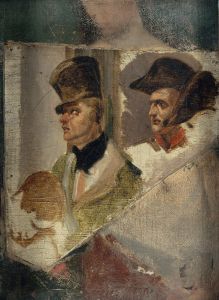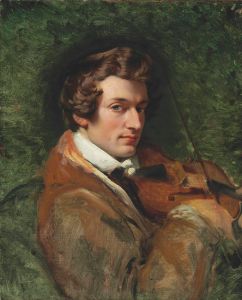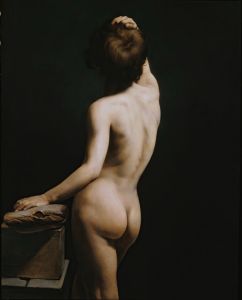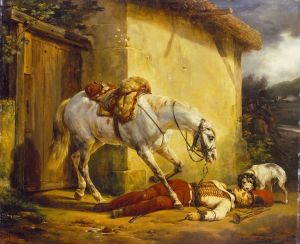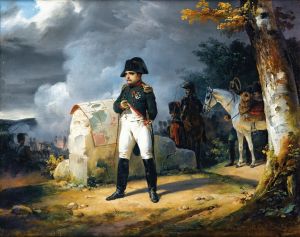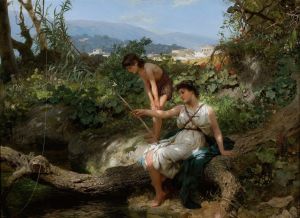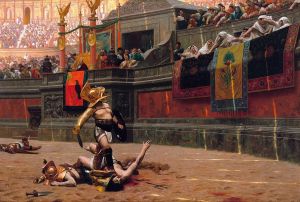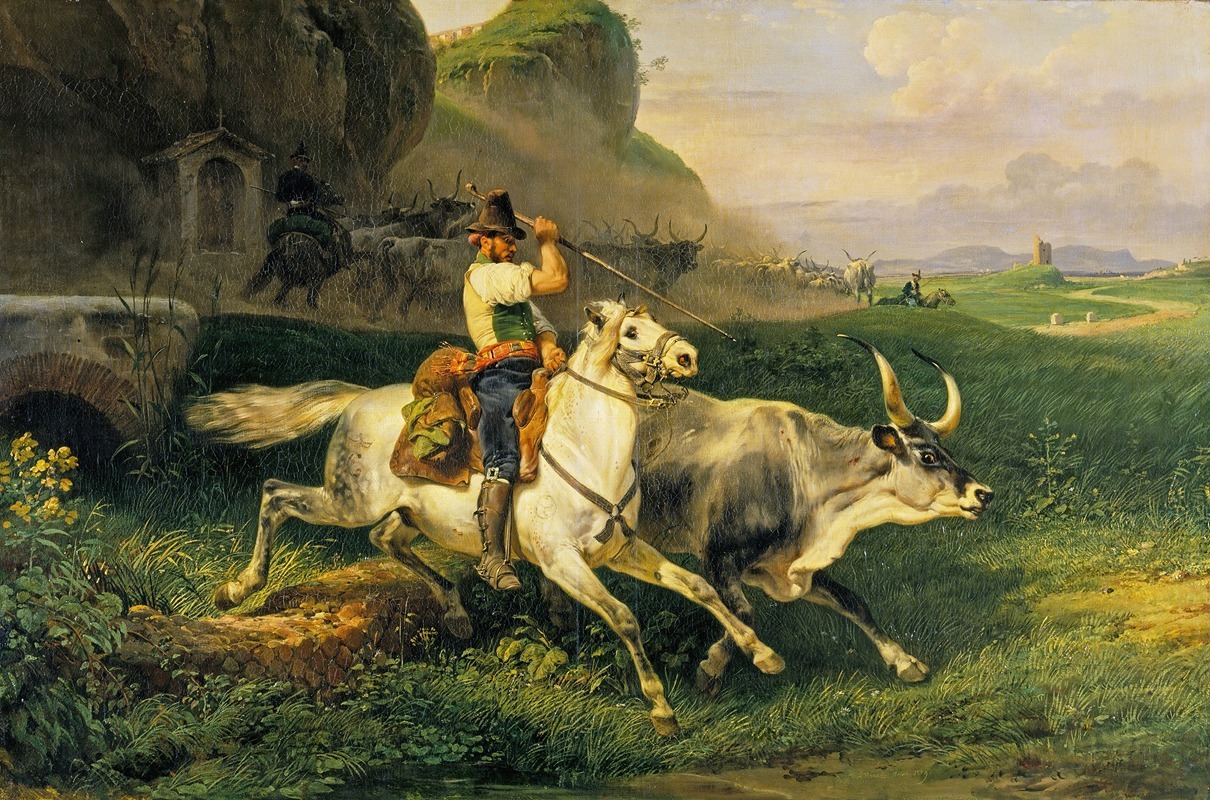
A Roman Herdsman driving Cattle
A hand-painted replica of Horace Vernet’s masterpiece A Roman Herdsman driving Cattle, meticulously crafted by professional artists to capture the true essence of the original. Each piece is created with museum-quality canvas and rare mineral pigments, carefully painted by experienced artists with delicate brushstrokes and rich, layered colors to perfectly recreate the texture of the original artwork. Unlike machine-printed reproductions, this hand-painted version brings the painting to life, infused with the artist’s emotions and skill in every stroke. Whether for personal collection or home decoration, it instantly elevates the artistic atmosphere of any space.
"A Roman Herdsman Driving Cattle" is a painting by the French artist Horace Vernet, created in 1833. Horace Vernet was a prominent 19th-century painter known for his dynamic compositions and ability to capture scenes with vivid realism. Born in 1789 in Paris, Vernet came from a family of artists and was deeply influenced by the artistic environment in which he was raised. His works often depicted historical, military, and genre scenes, reflecting his interest in both contemporary events and everyday life.
The painting "A Roman Herdsman Driving Cattle" is an example of Vernet's genre scenes, which often focused on rural and pastoral life. This particular work portrays a herdsman guiding his cattle through a landscape that is likely inspired by the Roman countryside. The composition captures the movement and energy of the scene, with the herdsman actively engaged in his task. Vernet's attention to detail is evident in the rendering of the cattle and the landscape, showcasing his skill in depicting both human and animal figures with accuracy and vitality.
Vernet's choice of subject matter in this painting reflects a broader 19th-century artistic interest in rural life and the depiction of the natural world. During this period, many artists were drawn to themes of pastoral life, often idealizing the simplicity and harmony of rural existence. Vernet's work, however, is noted for its realistic portrayal, avoiding overly romanticized interpretations and instead focusing on the authenticity of the scene.
The painting is characterized by its use of light and color, which Vernet employs to create a sense of atmosphere and depth. The warm tones and careful attention to the play of light across the landscape contribute to the overall mood of the piece, enhancing the viewer's sense of being present in the scene. Vernet's ability to convey the textures of the landscape and the physicality of the cattle further demonstrates his mastery of the medium.
"A Roman Herdsman Driving Cattle" is part of Vernet's broader body of work that explores various aspects of life and history. His paintings were well-received during his lifetime, and he enjoyed considerable success and recognition. Vernet's works were exhibited in the Paris Salon, and he was appointed as the director of the French Academy in Rome, a position that allowed him to influence a new generation of artists.
Today, Horace Vernet's paintings, including "A Roman Herdsman Driving Cattle," continue to be appreciated for their technical skill and historical significance. They offer insight into the artistic trends of the 19th century and Vernet's unique ability to capture the essence of his subjects. His works are held in various public and private collections, contributing to his enduring legacy in the history of art.





